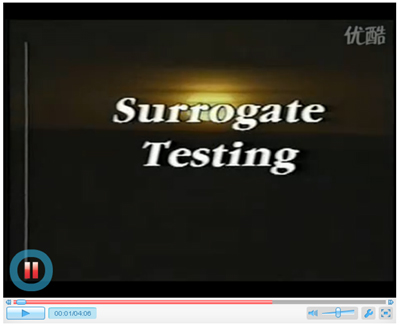Frequently Asked Questions
|
Please note, that here you can find answers only to the most commonly asked questions about the Emotion Code and trapped emotions. If you would like to know more about them, please see detailed answers in Dr Bradley Nelson's book, The Emotion Code.
Does everybody have trapped emotions or a Heart-Wall?
Most of the people have trapped emotions. These harmful emotions become trapped in our body when we experience strong negative emotions, that our body is unable to handle at a certain point in our life. We all have memories from our childhood of a situation or event, when we felt not being good enough. We had certain issues with our friends or teachers. Later in life we can experience financial difficulties, physical trauma or abuse, lost of a loved one, divorce, etc. A lot of life situations can cause these emotional energies become trapped in our body if our personality is sensible to that particular issue. As Heart-Walls are built of trapped emotions, Heart-Walls are as common as trapped emotions themselves. According to Dr Nelson, more than 80% of the people in the US have a Heart-Wall. How do we know that we have trapped emotions or a Heart-Wall?
We can ask our body. There are a lot of methods for self test we can use, but the easiest way is the so called sway test. Ask your body "Do I have a trapped emotion/a Heart-Wall?", and test. See video below, how you can do the sway test. |
Paperback version
Kindle version
|
This video is presented by Emotion Code Practitioner Eliza Steeple : http://www.emotioncodehealing.com/sway-test-demo
How can our trapped emotions be cleared?
First we have to find the trapped emotion that is causing emotional or physical pain. This is done by muscle testing. We ask the body questions that can be answered by "Yes" or "No", and test. We repeat questioning and testing until the subconscious mind has enough information and is ready to clear trapped emotions.
Trapped emotions can be cleared by rolling down a magnet along the spine with the intention to clear that specific trapped emotion in question.
What happens with our trapped emotions/Heart-Wall after they are released? Do they come back later?
No. According to Dr Nelson he never experienced a trapped emotion or Heart-Wall come back later once it was released. But you can create new trapped emotions or Heart-Wall, if you experience a difficult situation in your life again.
To continue to live your life without trapped emotions the best method I know is Byron Katie's The Work. Please watch this short video about her method.
What is surrogate testing?
We use surrogate testing if the client is not testable for some reason, i.e. is a small children, is in coma, or is an animal. In these cases we use an "intermediary" or surrogate person to test on. The surrogate person is in the proximity of the client, puts his/her hand on the client's body so that the singals from the client's body go through the surrogate. We do the muscle testing on the surrogate person.
Here you can watch a short video example of surrogate testing. Opens in separate window.
What is proxy testing?
Proxy testing is used, when the client is geographically far from the practitioner, even can be on a different continent.
As Dr Bradley Nelson, author of The Emotion Code says, our body has its innate capacity to put behind its own needs for a period of time, and act on behalf of an other person. In case of proxy testing a proxy person (mostly the practitioner) takes the role of the client, and his or her muscles "answer" instead of the client, who is not present.
How do we test untestable people (i.e. children, or people in coma), or animals?
We either do a surrogate or a proxy testing. We use surrogate testing if we are in the client's proximity, and we use proxy testing if the client is geographically far from us.
